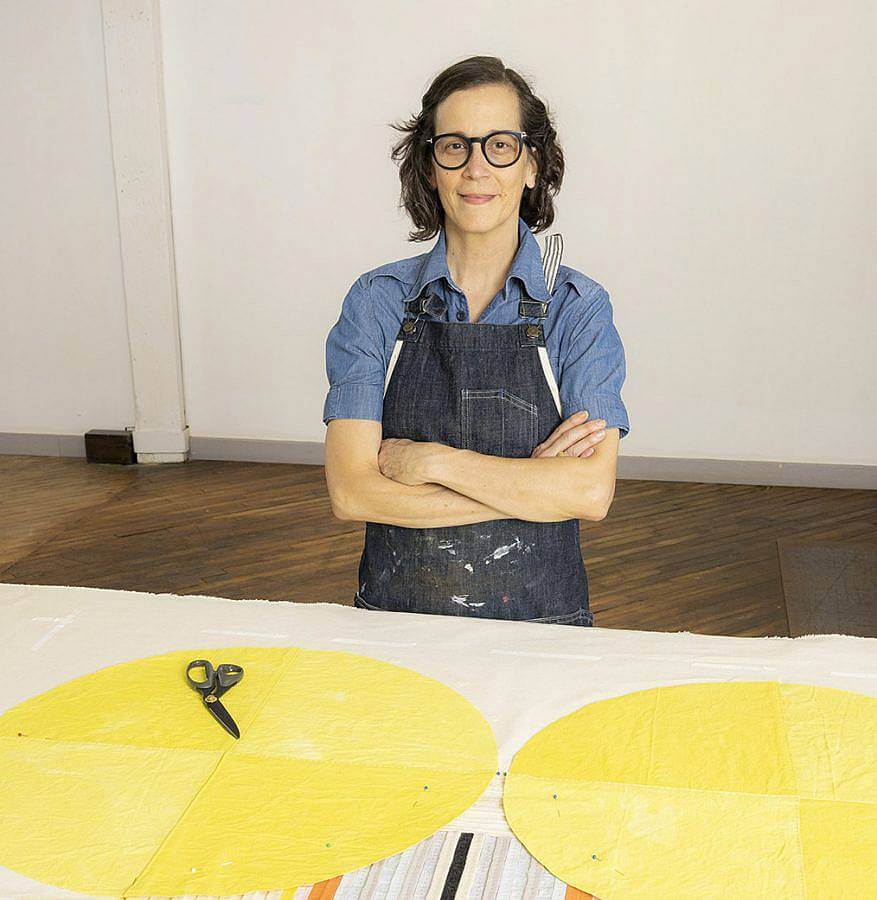Tell us a little bit about yourself and what you do.
I have been a professional working artist for my entire adult life. I’m a mother, partner, collaborator, and ally to many. I maintain a slow sustainable studio practice and family household. I am also a Professor at the School of the Art Institute of Chicago in the Fiber & Materials Studies Department and in Painting & Drawing.
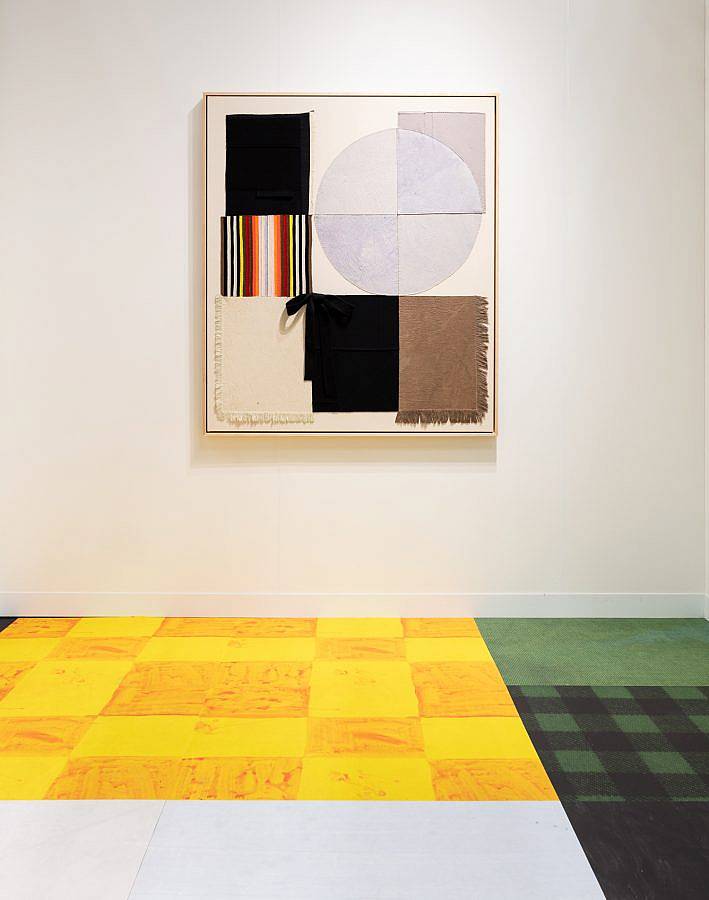
Could you describe your practice?
My art practice includes a hybrid investigation of painting, textiles & objects with an interest in craft practices. My abstract works engage with myth, iconography, symbols, and color. I am most known for my unpainted pictures, poetic abstract paintings constructed from textiles.
How did your interest in art begin?
I always knew I was an artist, that the visual world was most interesting to me, I just didn’t know what that looked like at first. My mother was a professor and my father an industrial designer so I knew what that looked like. After graduate school at Cranbrook, where I studied Painting, I went to Skowhegan. That summer in Maine, was when I realized I could be an artist and I saw what it looked like in a way that sunk in.

Describe your current studio or workspace. (Please provide a photo of it if you have one)
I work above a factory in Humboldt Park. It has huge industrial North facing windows with great light and open wall space. It is terribly hot in the summer, and hot in the winter, too. I can hear the factory workers all day below me. There is no running water in my space. In order to dye textiles or paint, I use a rolling cart, filling buckets to gather water. I’m quite productive here.
What is one of the bigger challenges you and/or other makers are struggling with these days and how do you see it developing?
We are just starting to talk about how artists live in the world and their intersectional relationships to capital, connections, and communities. Like many artists, I teach to support my art practice. It is challenging to balance work, life, economies of labor, and parenting while doing all the work an artist needs to do to stay active and relevant. Unseen labor, patronage, income, and critical support are so important to keeping an art practice alive.
Additionally, in this moment the art world wants representation yet it is often difficult to quantify lived experience in images and artworks. There is a dangerous pattern of conflating representation and inclusion with the universal. There is no universal experience, especially within each protected class. For example, I am Latinx, a child of exile. I have no homeland nor symbols to tether my experience to. The story is more nuanced.
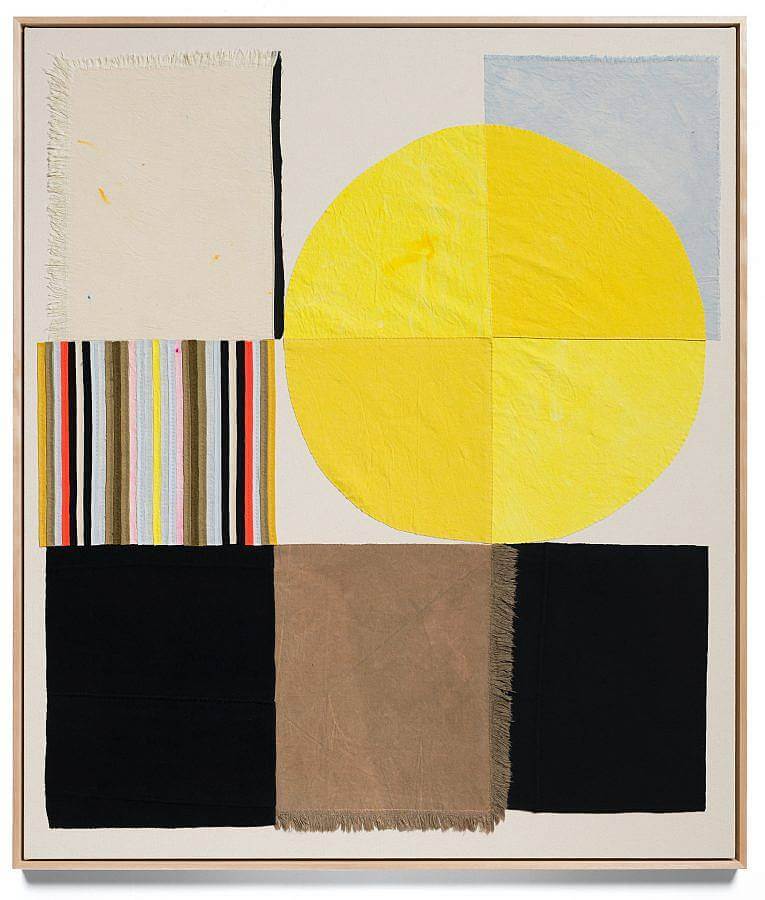
What are some recent, upcoming or current projects you are working on?
I am working on a big solo project for next fall, more to come on that. I am also currently a Lenore Tawney Fellow in partnership with the Lenore Tawney Foundation in NYC and the Kohler Arts Preserve in Wisconsin. I’m looking through Tawney’s studio collection and making connections with what she collected and how her work ended up looking. It’s a deep dive into material culture, desire, and making.
What do you want a viewer to walk away with after seeing your work?
My unpainted pictures are hybrid for a reason. They are not checking boxes. I am interested in an inclusive future and moving through pictures with materiality. I hope my viewer can recognize that.
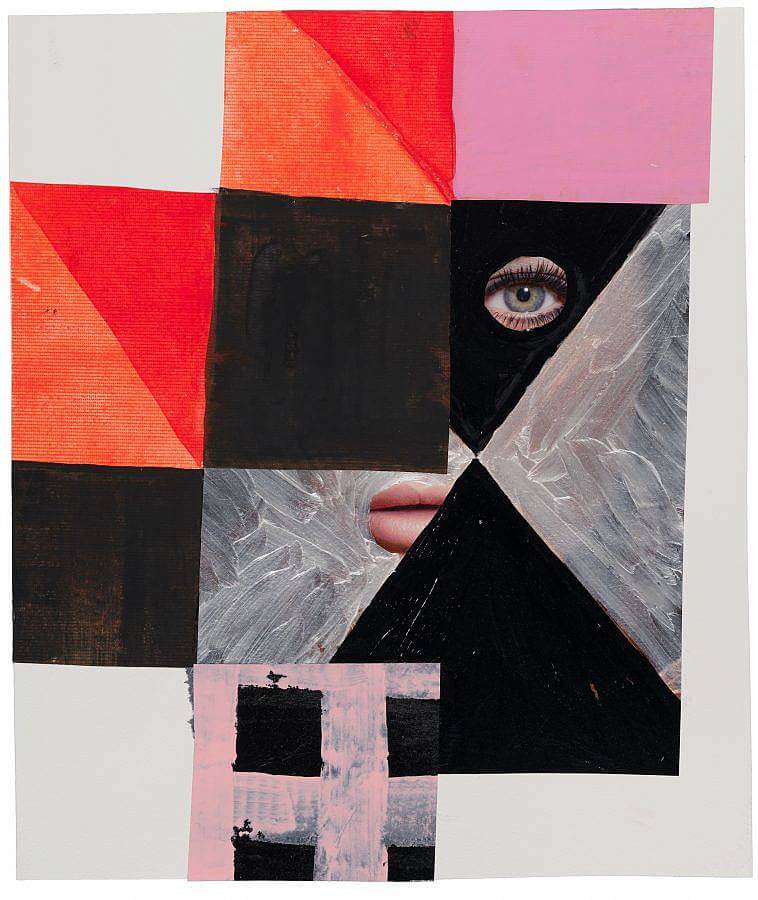
Can you talk about the process behind your material choices as well as your subject matter and how that relates back to craft?
Color & forms are never empty; they are the conduits of a language we don’t completely speak.
Do you have any daily rituals?
Before my kid wakes up, I meditate and I walk my dog. I look at the trees and watch how they change. Then we have a crazy morning routine getting ready for school.
What do you collect?
Rocks and driftwood – I think I will remember where they are each from, but it’s just a pile of rocks and wood from the places I visit.
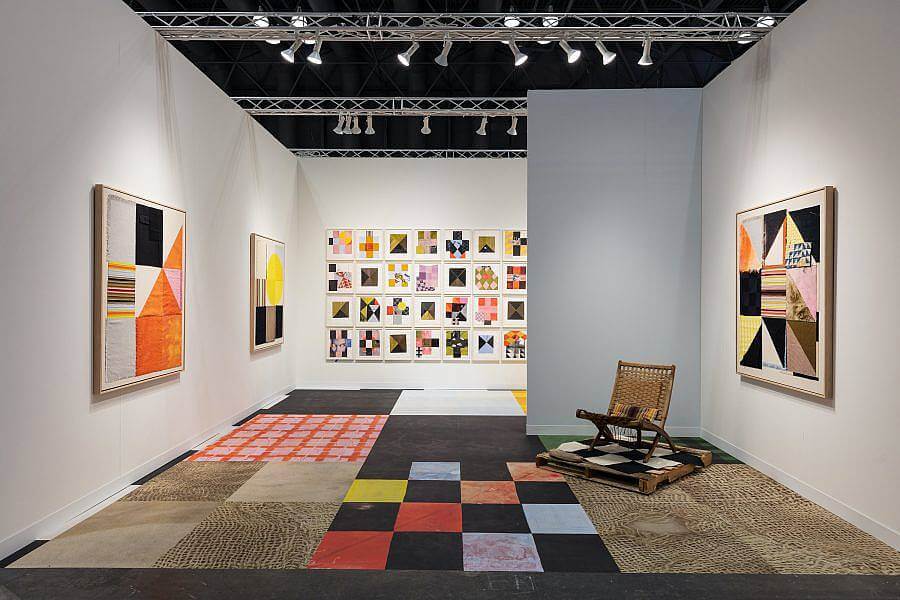
Interview conducted and edited by Lily Szymanski. All images courtesy of the artist.
